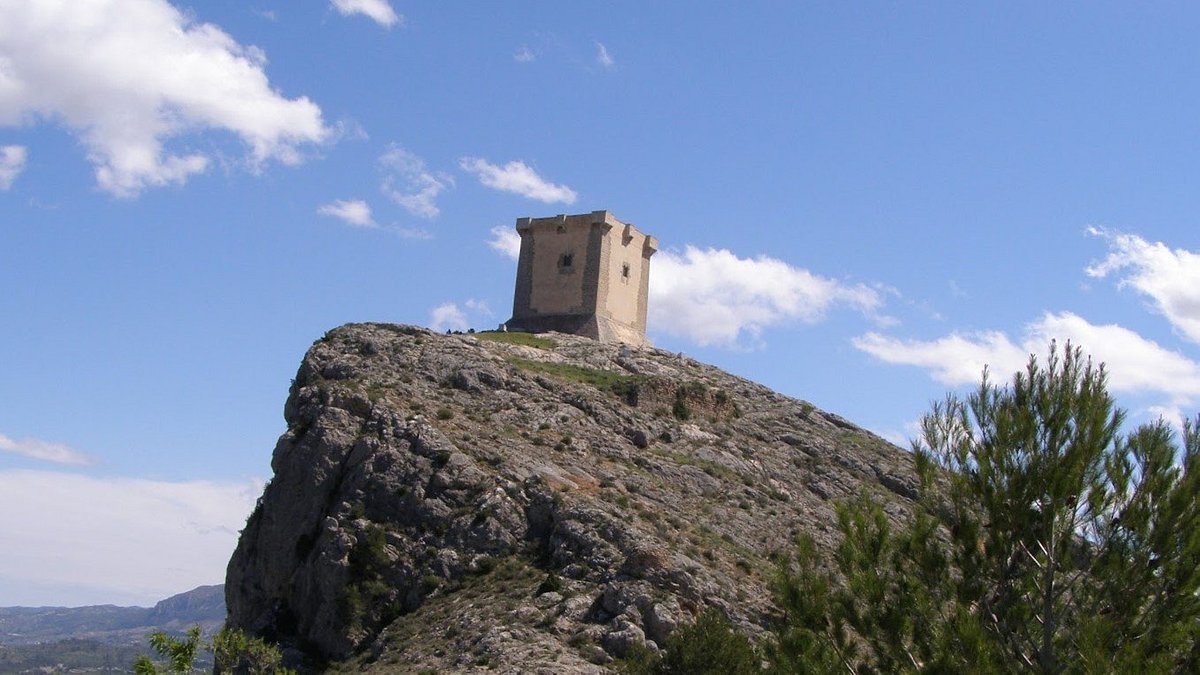
Cocentaina
PALAU COMTAL
The Palau Comtal de Cocentaina is one of the architectural jewels of the Valencian Gothic and Renaissance. Historic building built in the 13th century by the first feudal lord for military purposes. It was in the 15th century when the town became a county and the building was expanded and conditioned as the stately residence of the Counts of Cocentaina. The Palau has undergone several renovations over the years, but it still maintains its original structure from medieval times.
It is a Gothic style and is characterized by its architecture of towers, semicircular arches, and a large audience room. Inside, the Sala Dorada stands out, considered today as the most important set of genealogical mural paintings in the Valencian Community, and the Salón Embajador, which houses the Municipal museum.


CASTLE OF COCENTAINA
Medieval fortress from where you can see the entire region. Imposing tower in Gothic and military style, with a square plan and two heights, it was built between the end of the 13th century and the beginning of the 14th.
Built by the Muslims, it was used as a strong defense to protect the region from enemy incursions, thanks to being an immovable strategic point from where a large expanse of land could be seen. During the Christian reconquest, the castle passed into Christian hands, becoming an important center of power and defense.
Today the castle of Cocentaina is the symbol of this town.
HERMITAGE OF SANTA BÀRBARA
The hermitage of Santa Barbara is an hermitage, close to Cocentaina. It is a hermitage built in the seventeenth century in Baroque style, dedicated to Santa Barbara, a very venerated saint in the region. The hermitage has a baroque façade with a semicircular arched front and a Gothic style bell tower. Inside, there is a main altarpiece with an image of the saint.
The hermitage of Santa Barbara is a very popular place of pilgrimage in the area and is known for its religious and cultural festivities.
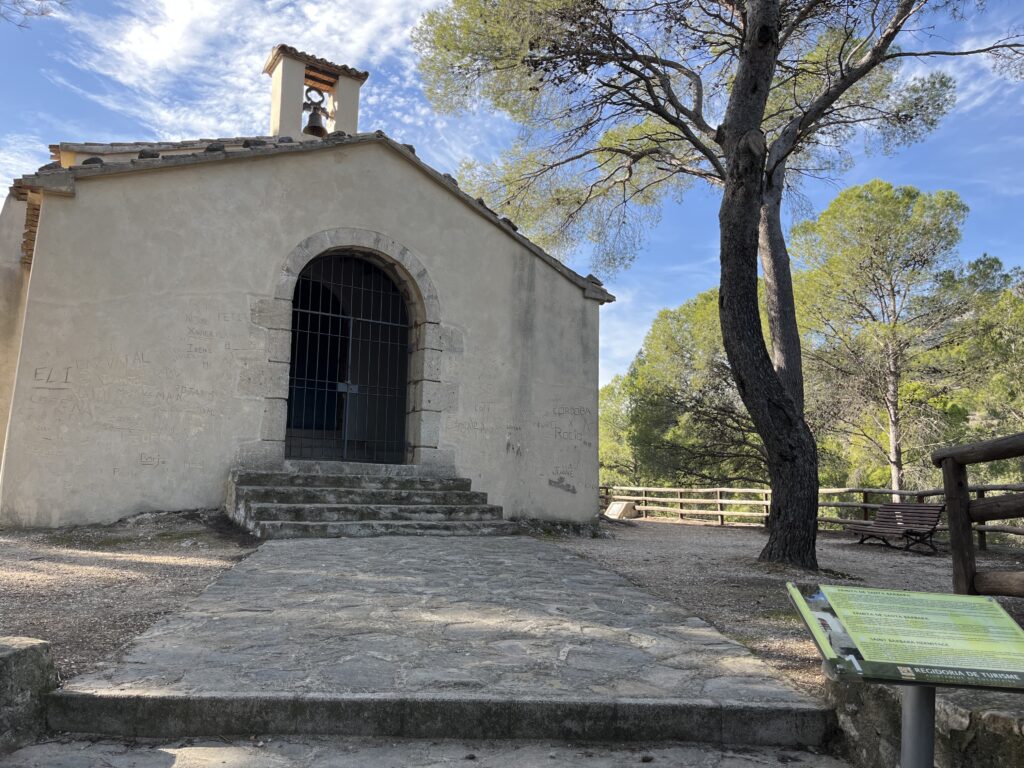
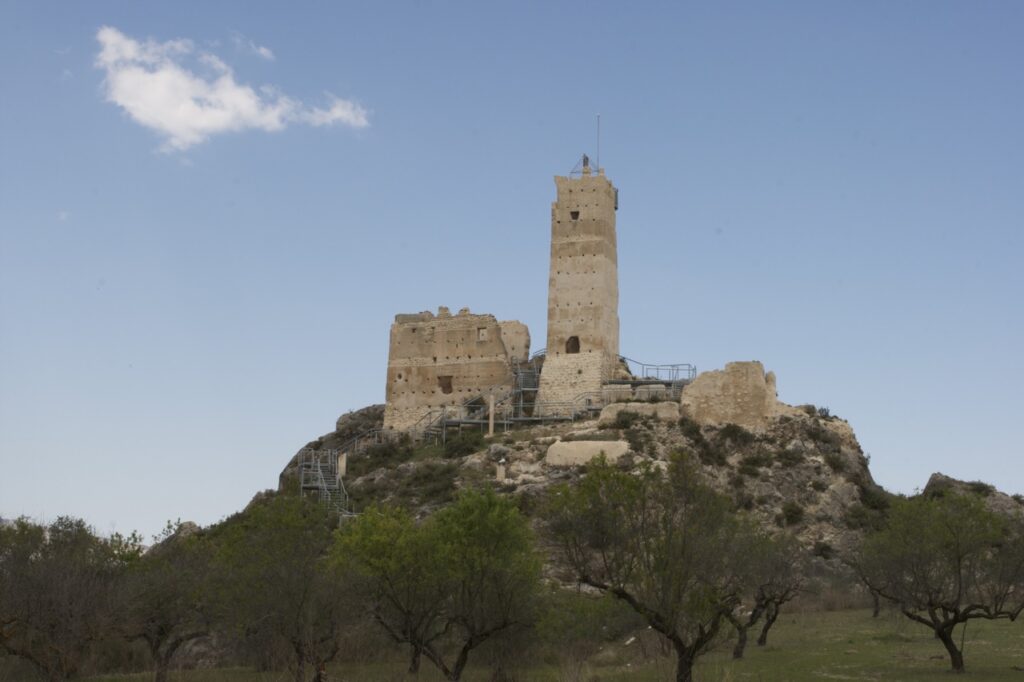
PENELLA CASTLE
The Penella Castle is located outside the town of Cocentaina and is one of the most prominent elements of the architecture of the early Christian period, specifically the thirteenth century.
The Penella Castle was built using the technique of masonry and rammed earth. It is composed of a square keep and, on its west side, there is a rectangular building through which the castle was accessed. Its origin of the tower was defensive and became a symbol of feudal power.
This castle is one of the so-called rural castles or fortified manor houses. In addition, nearby is the Ermita de Penella, as well as other corners of this place that will make you live an unforgettable experience.
FIRA DE TOTS SANTS
The Fira de Tots Sants de Cocentaina is an annual fair that is held in the month of November, during the weekend closest to 1er of November day. It is one of the most important festivals in the Valencian Community, declared a Festival of International Tourist Interest.
The fair has a wide variety of activities and events for the whole family. In addition, it has numerous food and drink stops, where you can taste typical dishes of the region. On the other hand, the fair also has a large number of exhibitions.
It is an excellent opportunity to enjoy the culture and gastronomy of the capital of the region.
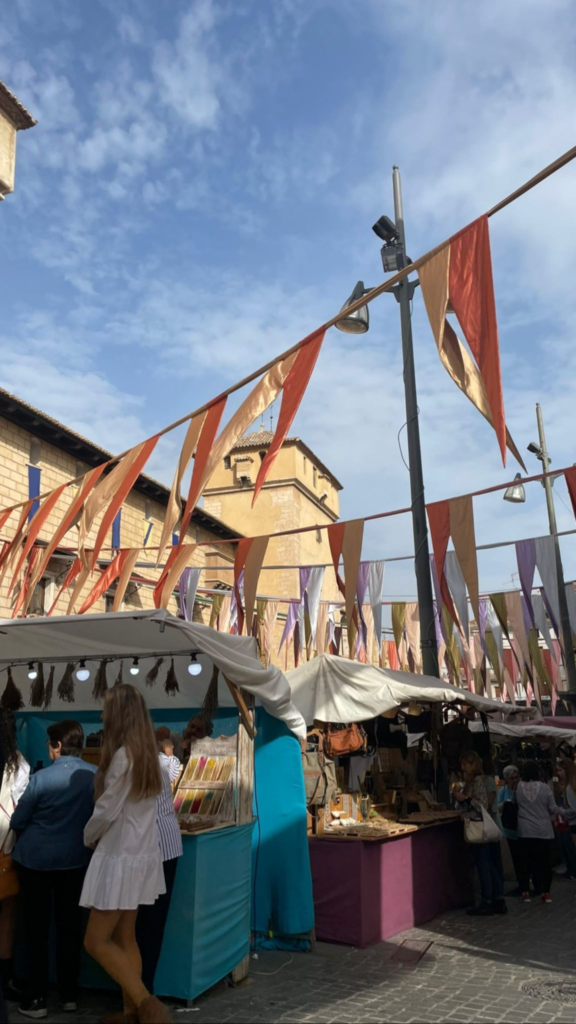
THE WALL ROUTE
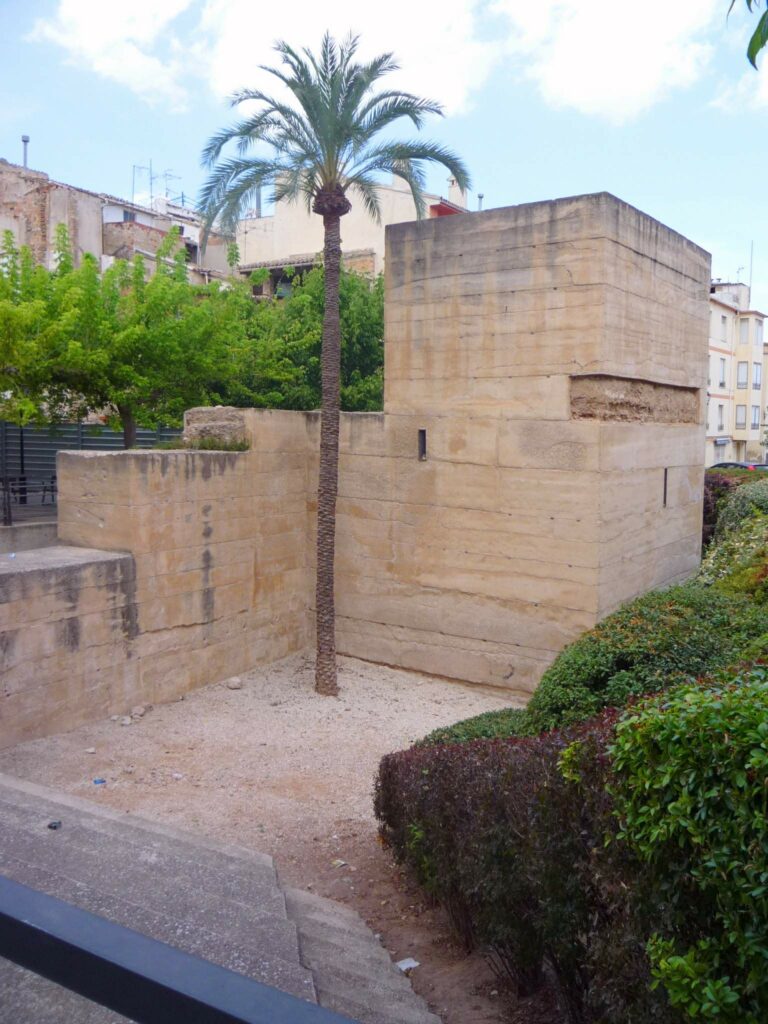
Itinerary that allows to recognize, through information points, the medieval defensive enclosure that was built from the thirteenth century in the town of Cocentaina.
9 points allow to know in first hand multiple aspects of the wall, as the construction technique, the gates, trade in the medieval Cocentaina or the right of pontatge with signposted plaques of the route in different languages and with the location of the old portals.